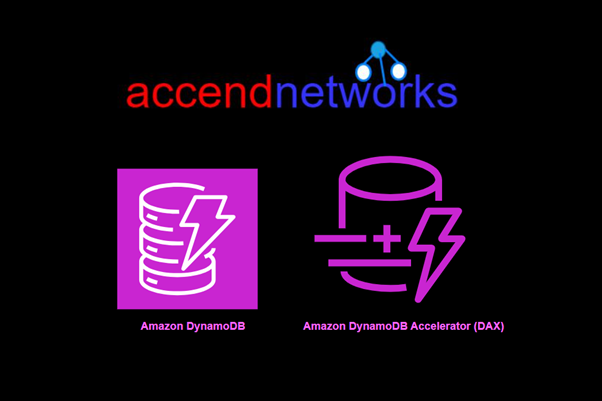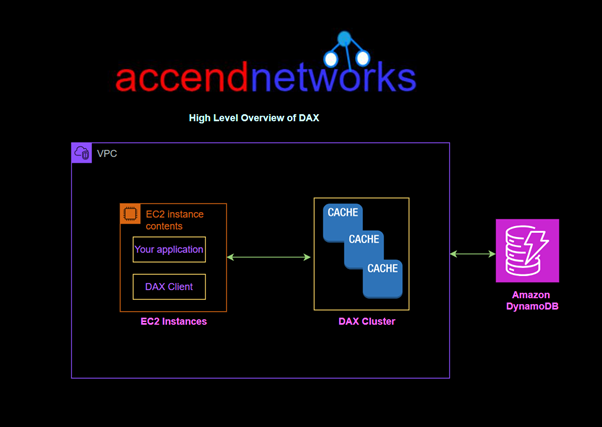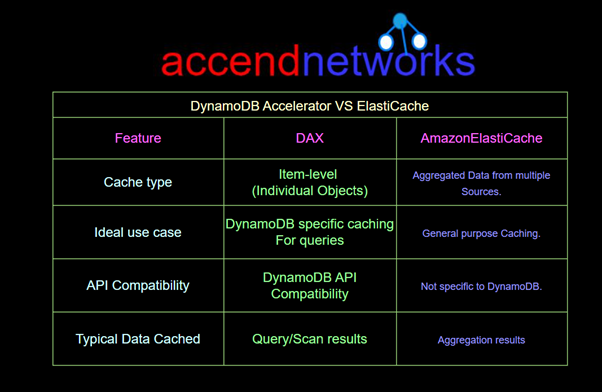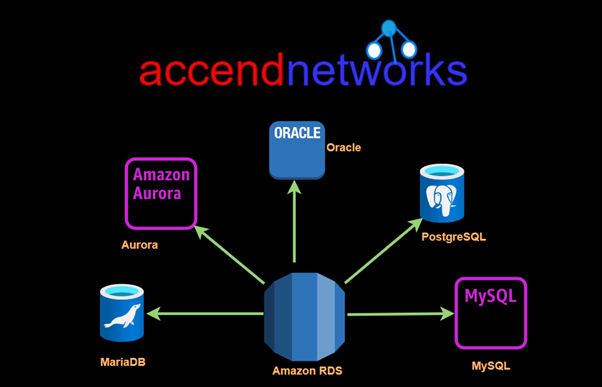How AWS App Runner Simplifies Web App Management
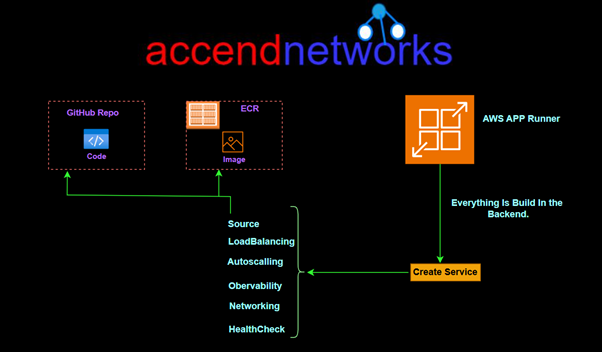
Introduction to AWS App Runner
Deploying web applications in the cloud can be complicated, especially for teams that don’t have a lot of experience with cloud infrastructure. AWS App Runner helps with this by offering a fully managed service that lets you deploy web applications and APIs directly from your source code or a container image. In this article, we’ll look at how AWS App Runner makes deployment easier and discuss its main features.
What is AWS App Runner?
AWS App Runner is an AWS service that provides a fast, simple, and cost-effective way to deploy from source code or a container image directly to a scalable and secure web application in the AWS Cloud. You don’t need to learn new technologies, decide which compute service to use, or know how to provision and configure AWS resources.
AWS App Runner connects directly to your code or image repository. It provides an automatic integration and delivery pipeline with fully managed operations, high performance, scalability, and security.
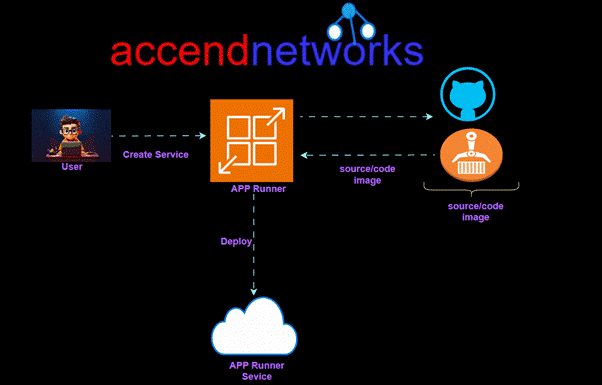
AWS App Runner supports two main deployment methods:
- Source-based deployment: Directly from your source code.
- Container-based deployment: Using container images from Amazon ECR (Elastic Container Registry) or Docker Hub.
Benefits of Using AWS App Runner for Web Apps
- Automatic Scaling
AWS App Runner automatically scales your application based on incoming traffic, so you don’t need to manually configure scaling rules. This feature is particularly useful for applications with varying workloads or unpredictable traffic patterns.
- Fully Managed Infrastructure
App Runner abstracts the underlying infrastructure, handling the setup, management, and maintenance of servers and load balancers. This makes it ideal for teams with limited infrastructure experience or those focused primarily on development.
- Cost-Effectiveness
With pay-as-you-go pricing, App Runner charges you based only on the resources your application uses.
- Enhanced Security
App Runner integrates with other AWS services like AWS Identity and Access Management (IAM) to enforce security policies. Plus, applications deployed via App Runner are automatically encrypted, adding an extra layer of data protection.
Pricing for App Runner
App Runner provides a cost-effective way to run your application. You only pay for resources that your App Runner service consumes. Your service scales down to fewer compute instances when request traffic is lower. You have control over scalability settings: the lowest and highest number of provisioned instances, and the highest load an instance handles.
Who is App Runner for?
If you’re a developer, you can use App Runner to simplify the process of deploying a new version of your code or image repository.
For operations teams, App Runner enables automatic deployments each time a commit is pushed to the code repository or a new container image version is pushed to the image repository.
Use Cases for AWS App Runner
AWS App Runner is ideal for a range of scenarios, including:
- Rapid Prototyping: Quickly deploy prototypes and get feedback without managing infrastructure.
- APIs and Microservices: App Runner is well-suited for microservices architectures, as it handles scaling and load balancing out of the box.
- Startups and Small Teams: With a managed infrastructure and cost-effective pricing, AWS App Runner is ideal for teams that prioritize ease of use and affordability.
Use Cases for AWS App Runner
AWS App Runner vs. Other AWS Services
AWS offers other services for deploying containerized applications, such as Amazon Elastic Kubernetes Service (EKS) and Amazon Elastic Container Service (ECS). However, App Runner differs by focusing on simplicity and managed deployments. Here’s a quick comparison:
- AWS App Runner: Best for quick and easy deployment with minimal infrastructure management.
- Amazon ECS: Offers more control but requires additional setup and configuration.
- Amazon EKS: Ideal for those looking for Kubernetes-native deployment but has a steeper learning curve.
Conclusion
AWS App Runner simplifies web application deployment by handling infrastructure, scaling, and security, making it easier than ever to deploy applications on AWS. Whether you’re a startup, a developer, or a team seeking an efficient way to deploy containerized applications without managing infrastructure, App Runner offers a robust, cost-effective solution.
Thanks for reading and stay tuned for more.
If you have any questions concerning this article or have an AWS project that requires our assistance, please reach out to us by leaving a comment below or email us at sales@accendnetworks.com.
Thank you!

